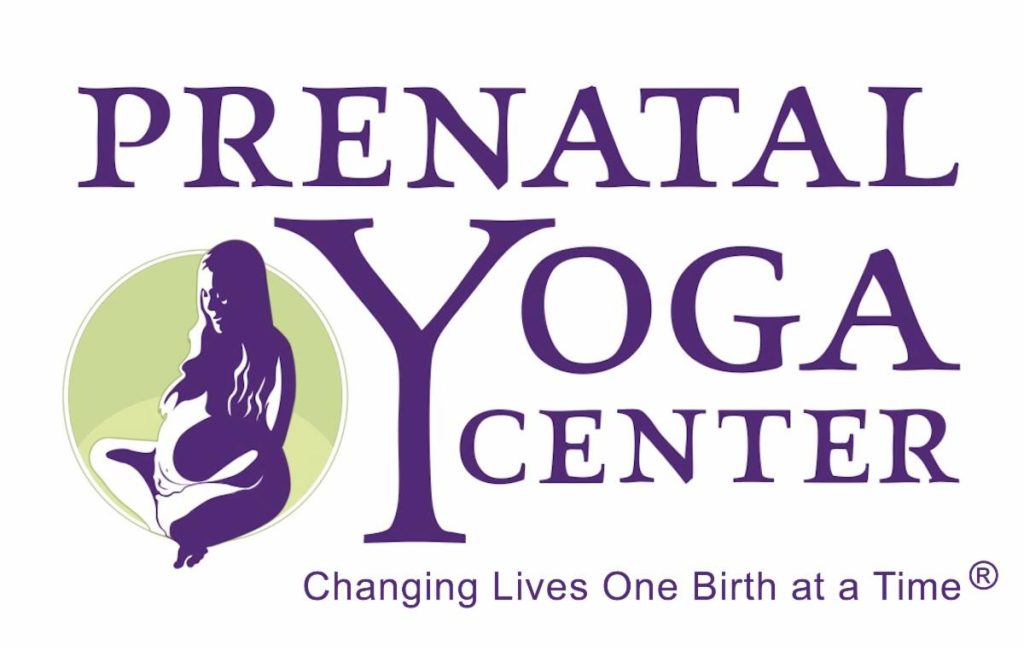When I teach my Prenatal yoga classes, I like to stress the importance of creating what I like to call the tool kit for labor and delivery. This is a collection of reliable, proven pain management techniques the laboring mother can call upon to use as she needs. Not too long ago, I was explaining this tool kit in one of my classes. A student raised her hand and stated that because she was intending to take an epidural, she didn’t think this really applied to her. I explained to her no matter what your intentions are, you don’t know how your labor is going to unfold. What if you arrive at the hospital and have to wait in the waiting room for a while? Or the anesthesiologist is not available right away? There could be a bit of a lapse between arriving and receiving pain medication, and during that time, these tools can really be helpful. This explanation seemed to shine a new light on the situation and my student wholeheartedly started participating fully.
Here is a brief rundown of some ideas to put into your tool kit.
Breathing
This is by far, my favorite relaxation and in my opinion the best coping mechanism there is. It can be done at anytime, anywhere! Long gone are the days of the hee hee hoo hoo! Now all the mother has to do is focus on deep, slow, low breathing.
Here are a few hints to help mom with her breathing during labor:
- Maintain a steady rhythm. Again, this just means that you are evenly inhaling and exhaling. You do not need to create a complicated rhythm.
- Remember to exhale. It may sound funny, but a lot of times the mother inhales and holds her breath.
- For partners: let mom take the lead with the breathing partner, unless she is lost and needs assistance
- Relax the mouth and tongue by doing horse lips (fluttering the lips), signing or moaning. Making low, open sounds is a great way to keep the breath moving and the body relaxed.
Rethink the way you look at pain!
Labor pains are different than ordinary pain. For one thing, labor pain is generated by the body to serve a purpose- birthing a baby! Most other pain is just an unfortunate side effect indicating that something is wrong. On the upside, the body responds to labor pains by releasing natural endorphins, which help by energizing the mom during the labor process.
Try rethinking the purpose of the labor pain. It can be less frightening that way and help the laboring mother relax into the experience.
Enjoy the water! Take a Shower or Soak in the Tub!
Soaking in the tub or letting a warm shower run over you may help ease the pain of the contractions. One tip is to put the birth ball in the bath tub and then have the laboring mama sit on the ball as the water from the shower soaks her. Also remember, don’t have the water in the bath too hot, and continue to hydrate by drinking water!
Movement
When you walk or move around in labor, your uterus, a muscle, works more efficiently. Changing position frequently moves the bones of the pelvis to help the baby find the best fit through your birth canal, while upright positions use gravity to help bring the baby down. When labor slows, a change in position often will help you find your rhythm again. If your baby is in a posterior position (with the back of the baby’s head toward your spine), getting on your hands and knees helps the baby rotate and decreases back pain. If your baby is posterior, labor may be very long and difficult until the baby rotates to an anterior position, with the back of the head toward your front.
At times during labor, you may feel tired and need to rest in a comfortable position. However, according to a 2003 study published in Nursing Research, a laboring woman’s lower back pain is worse when she is lying down. You can get the rest that that you need without having more pain if you have options for resting other than lying on your back.
What Research Tells Us
Researchers who examined all of the published studies on freedom of movement in labor found that, when compared with policies restricting movement, policies that encourage women to walk or change position in labor may result in the following outcomes: (1)
- shorter labors
- more efficient contractions
- greater comfort
- less need for pain meds
Massage and Counterpressure
Massage has been credited with helping to reduce pain, anxiety, and fear by increasing endorphin levels in the body. A study reported in Mental Health Update that “the women in a group that received physical touch (light massage and counter pressure) and emotional support, as compared to controls, had 56% fewer c-sections, an 85% reduction in the use of epidural anesthesia; 70% fewer forceps deliveries; 61% decrease in the use of oxytocin; a 25% shorter duration of labor; and a 58% drop in neonatal hospitalization” (2). Another study from the Touch Research Institute reported that “women whose partners massaged them felt less depressed, had less labor pain, and had lower stress and anxiety” (3). These statistics are amazing! So get your partner on board and start practicing some massage techniques while still pregnant. Practice makes perfect!
Hot and cold packs
One of the most useful tools in my doula bag is my hot water bottle. I place the warm bottle on the mother’s lower back and it is instant relief! Most women prefer heat, but some might respond well to a cold pack.
Music
If you are the kind of person that can get lost in your music, then you might resonate well with this pain management tool. Music can help you concentrate, tune out the rest of the room, and relax. If you choose to sing along, it is also great way to make sure you are breathing steadily. Some moms find a lot of joy in making a labor mix in preparation for the big day.
Intimacy and sensuality
Interestingly, the same hormones that are enjoyed during intimacy and sensuality help move labor along. Oxytocin, also known as the ‘love hormone’ is responsible for orgasm and contractions. So try snuggling or smooching with your partner during labor! This intimacy can also help the mother feel very loved and cared for and help to put her at ease.
Active Relaxation Techniques
There are a few active relaxation techniques that I feel are important to include on this list. The first is called Progressive Relaxation. It is a system of talking the mother through different parts of the body and asking her to relax each area. I usually start at the head and work my way down. For example, Relax your forehead. Relax your jaw. Relax your shoulders, and so forth.
Another method of active relaxation is having the birth partner create a visualization or image of a relaxing, calming place for the mother to mentally travel to- perhaps this place is real, like a country she’s been to or would like to see, or perhaps this place is imaginary. If this sounds good to you, I would recommend spending some time thinking about this and rehearsing it ahead of time with your partner.
The last method is using a mantra. A mantra is just a repetition of a word or phrase that calms or inspires you. I have had some moms spontaneously find a mantra and use it for hours. One mother kept saying, “I am OK. My baby is OK.” I loved that this happened since I knew the mother was helping to focus herself, encourage herself and also, because she was saying the words out loud, I knew she was steadily breathing. For me during my own labor, my midwife gave me the phrase, “The breath is the pathway through the contraction.” I concentrated on this mantra for a long time and it really helped me stay focused on breathing and moving forward on my path of labor.
I hope these hints can be helpful for you during your labor. Just remember, it is good to have an arsenal of useful, familiar tools at your disposal since you don’t yet know what will work for you in the moment. Better to be over prepared then under prepared!
Happy birthing!
Sources
1. Excerpt from Care Practice Papers from the Lamaze Institute for Normal Birth.
2. Midwifery Today #84 Winter 2007 pg 32
3. Midwifery Today #84 Winter 2007 pg 32







